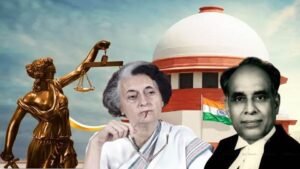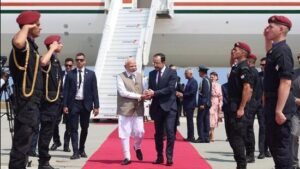Lorem ipsum dolor sit amet, consectetur adipiscing elit. Ut elit...Read More
Popular Pages
Our other Affiliates

ABOUT CLAT Gurukul
CLAT Gurukul is an online and offline coaching institute that helps students prepare for various competitive exams such as CLAT, CUET, and IPM through its three distinct brands, namely CLAT Gurukul, CUET Gurukul, and IPM Gurukul. The institute provides comprehensive coaching to students through classroom sessions, study materials, mock tests, and personalized guidance from experienced faculty members. Ready For Exam offers both online and offline modes of coaching to cater to the diverse learning needs of students. The institute's teaching methodology focuses on building a strong foundation of concepts and problem-solving skills essential for success in competitive exams.
Copyright (c) 2024 CLAT Gurukul. All rights reserved.





